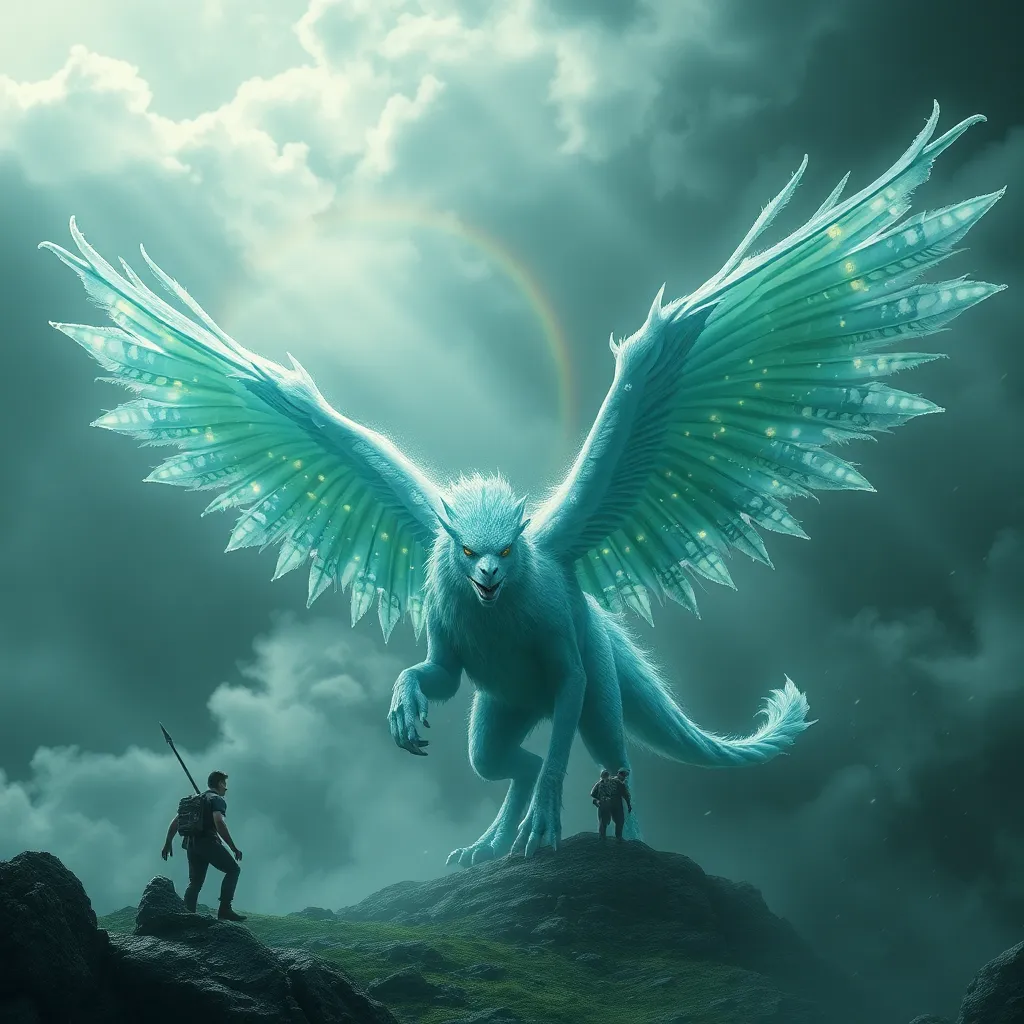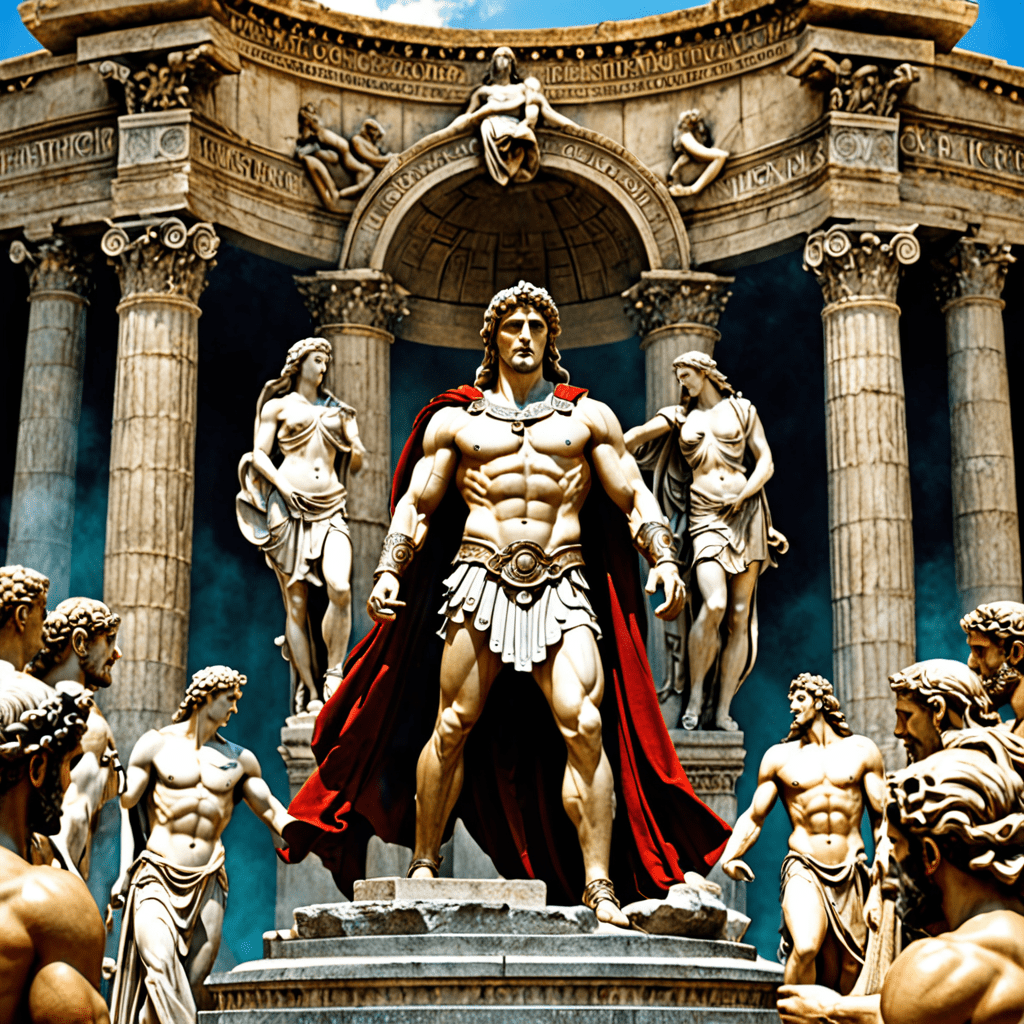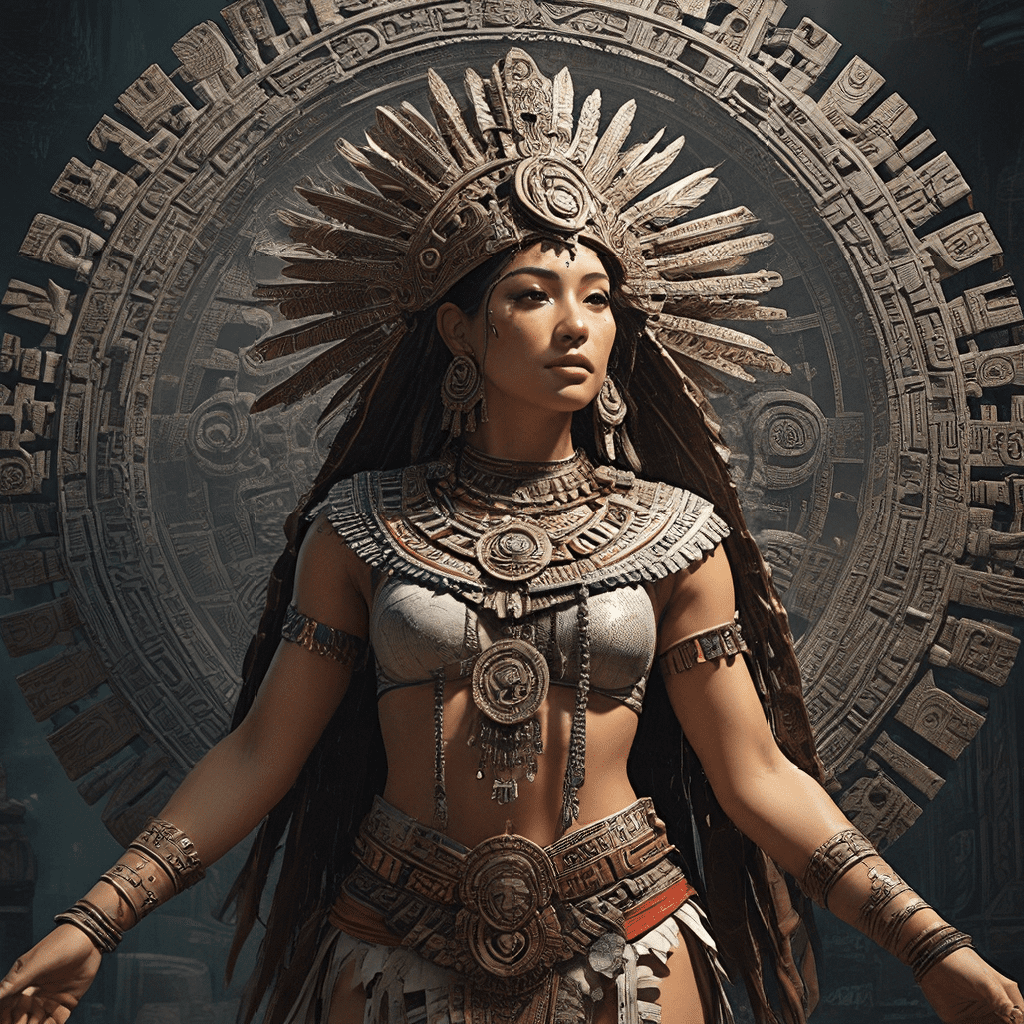Wings of Fury: The Peryton’s Role in the Battle of the Titans
I. Introduction
The Battle of the Titans stands as one of the most pivotal moments in ancient mythology, a clash of colossal forces that shaped the very fabric of the cosmos. In this monumental struggle, various mythical creatures and deities took sides, each bringing unique strengths to the battlefield. Among them, the Peryton emerges as a significant player, a creature steeped in mystery and power.
The Peryton, a hybrid of deer and bird, combines grace with ferocity, making its role in the battle not only fascinating but crucial. This article explores the impact of the Peryton on the Battle of the Titans, delving into its origins, abilities, and lasting legacy.
II. The Mythology of the Peryton
A. Historical origins of the Peryton in folklore
The Peryton has its roots in various folklore traditions, particularly those of medieval Europe. It is often depicted as a creature with the body of a deer and the wings of a bird, known for its ability to soar through the skies. Some legends suggest that the Peryton was born from the shadows of fallen heroes, making it a symbol of both beauty and tragedy.
B. Physical characteristics and symbolic significance
Physically, the Peryton is described as having:
- A majestic deer-like body
- Powerful wings resembling those of a large bird
- Sharp antlers that hint at its fierce nature
Symbolically, the Peryton represents duality: the earth and the sky, life and death, making it a creature of significant depth in mythology.
C. Comparison with other legendary creatures
When compared to other legendary creatures, such as the griffin or the chimera, the Peryton stands out due to its unique combination of traits. While griffins are known for their nobility and chimeras for their chaotic nature, the Peryton embodies a balance of grace and aggression, a true reflection of its role in the Battle of the Titans.
III. The Context of the Battle of the Titans
A. Background on the Titans and their significance in mythology
The Titans, in Greek mythology, are primordial beings who ruled during the Golden Age. They are often depicted as powerful giants, embodying natural forces and the raw power of the universe. Their significance cannot be overstated, as they represent the old order before the rise of the Olympian gods.
B. Key events leading up to the battle
Before the battle erupted, tensions escalated due to conflicts over power and control of the cosmos. The younger gods, led by Zeus, sought to overthrow the Titans, leading to an inevitable clash of titanic proportions.
C. The stakes involved in the conflict
The stakes of the Battle of the Titans were monumental:
- The fate of the universe
- The balance of power among divine beings
- The emergence of the Olympian order
IV. The Peryton’s Entrance into the Battle
A. Circumstances of the Peryton’s involvement
The Peryton entered the battle at a critical juncture, summoned by deities who recognized the need for a powerful ally. Its unique abilities made it an invaluable asset in the chaos of war.
B. Description of the Peryton’s abilities and powers
The Peryton possessed several remarkable abilities, including:
- Flight: Its wings allowed it to soar above the battlefield, observing and strategizing.
- Agility: The combination of speed and maneuverability made it a difficult target.
- Combat prowess: Equipped with sharp antlers and talons, it could engage in fierce aerial combat.
C. First encounters with the Titans
In its initial encounters with the Titans, the Peryton showcased its agility, darting through the air and delivering swift strikes. Its presence on the battlefield inspired other mythical creatures to join the fray, marking a turning point in the fight.
V. The Peryton’s Strategies and Tactics
A. Unique combat techniques employed by the Peryton
The Peryton employed several unique combat techniques, including:
- Hit-and-run tactics: Utilizing its speed to attack and retreat before the Titans could retaliate.
- Distraction: Its aerial maneuvers often distracted Titans, allowing other allies to launch surprise attacks.
B. Role of agility and aerial maneuvers in the battle
Its agility allowed the Peryton to navigate the chaos of battle effectively. The ability to fly high and then dive quickly made it a formidable opponent, often evading the Titans’ powerful strikes.
C. Collaboration with other mythical beings
The Peryton also collaborated with other mythical beings, coordinating attacks that maximized their collective strengths. This teamwork was essential in overcoming the Titans’ brute force.
VI. The Turning Point: Peryton’s Influence on the Outcome
A. Key moments where the Peryton altered the course of battle
Throughout the battle, there were several key moments where the Peryton’s actions significantly altered the course:
- Disabling a Titan’s weaponry with precision strikes.
- Leading a charge of other creatures against a weakened Titan.
B. Analysis of the Peryton’s strategic importance
The Peryton’s ability to shift the tide of battle demonstrated its strategic importance. Its unique perspective from above allowed it to identify weaknesses in the Titans’ formations.
C. The aftermath of Peryton’s involvement
After the battle, the Peryton emerged not only as a hero but also as a symbol of resilience and adaptability. Its actions contributed to the eventual victory of the Olympians, reshaping the power dynamics of the divine realm.
VII. Legacy of the Peryton Post-Battle
A. Cultural depictions of the Peryton in subsequent myths
In the aftermath, the Peryton’s legacy lived on, appearing in various myths and legends. It was often depicted as a guardian spirit, a symbol of hope and courage in the face of adversity.
B. The Peryton’s status in modern interpretations of mythology
In modern interpretations, the Peryton has been embraced by fantasy literature and art, often portrayed as a majestic creature embodying the spirit of freedom. Its unique characteristics continue to capture the imagination of audiences.
C. Lessons learned from the Peryton’s role in the battle
The Peryton’s role in the Battle of the Titans teaches us valuable lessons about the importance of strategy, agility, and collaboration in overcoming formidable challenges.
VIII. Conclusion
In conclusion, the Peryton’s significance in the Battle of the Titans cannot be understated. Its unique abilities and strategic contributions played a pivotal role in shaping the outcome of this epic conflict. The enduring appeal of mythological creatures like the Peryton reflects humanity’s fascination with the extraordinary and the lessons that can be gleaned from their stories.
As we reflect on the intersection of mythology and storytelling, the Peryton serves as a reminder of the timeless themes of courage, resilience, and the fight for justice that resonate through the ages.



